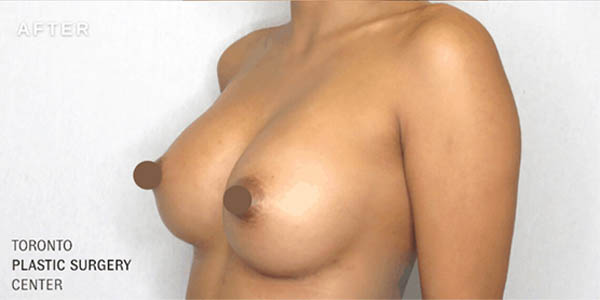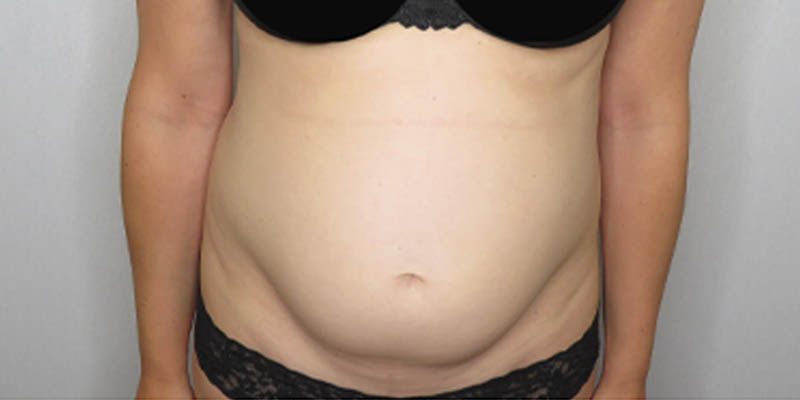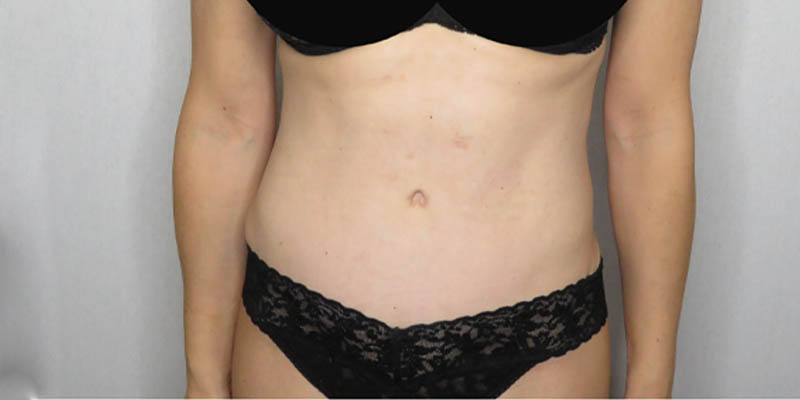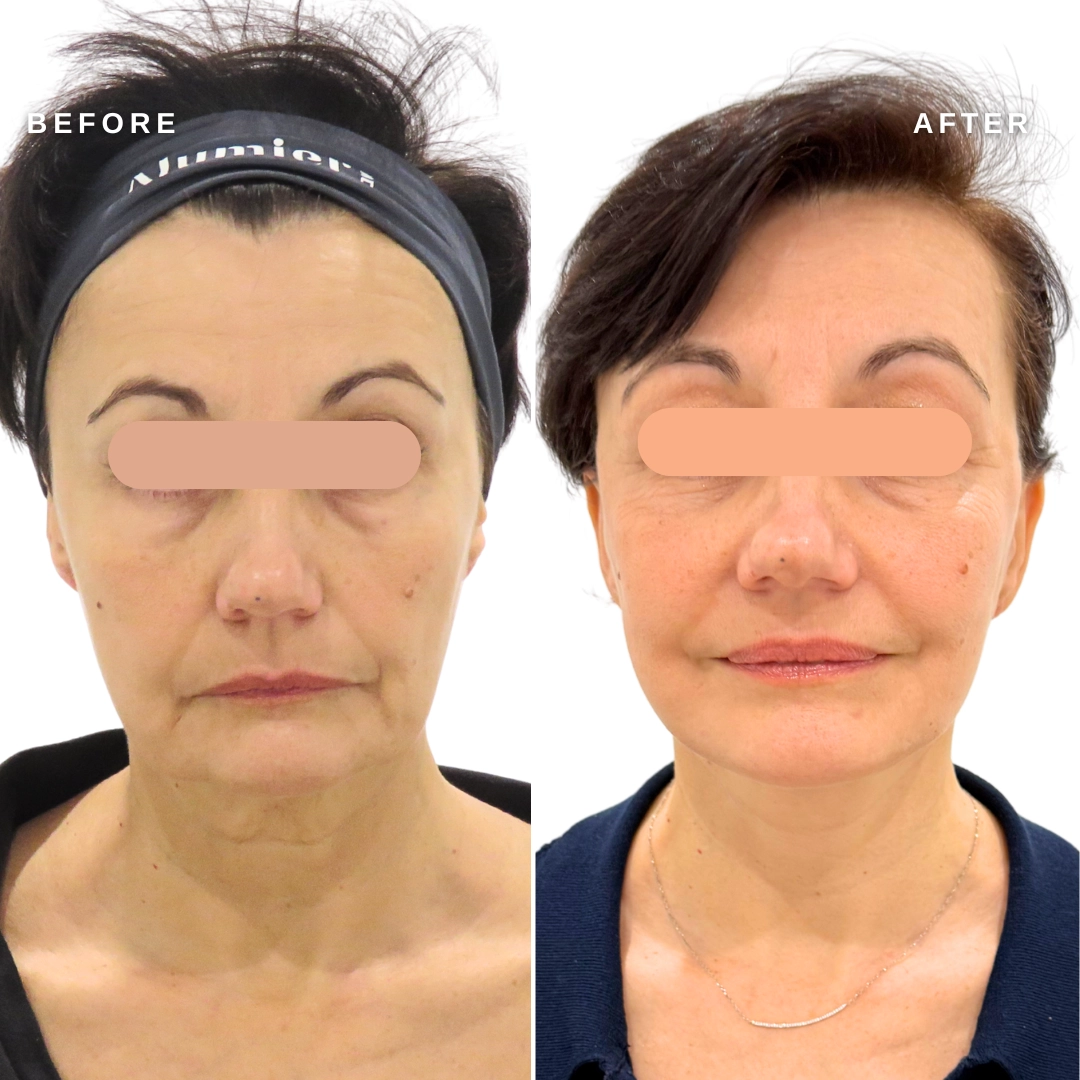By Dr. Asif Pirani
Subfascial Breast Augmentation: A Natural and Effective Option
When it comes to breast augmentation surgery, there are various techniques and approaches available to achieve the desired outcome. One technique that has gained popularity in recent years is subfascial breast augmentation. In this blog post, we will explore what subfascial breast augmentation is, its benefits, and why it may be a suitable option for those considering breast enhancement.
Subfascial breast augmentation is a surgical technique in which breast implants are placed in a pocket created between the breast tissue and the fascia, a layer of connective tissue that covers the chest muscles. This placement option is an alternative to the more commonly used submuscular (under the chest muscle) and subglandular (above the chest muscle) placement methods.
Advantages of Subfascial Breast Augmentation May Include:
- Natural Placement: Subfascial placement allows for a more natural placement of the implants as they sit closer to the breast gland compared to submuscular placement.
- Reduced Animation Deformity: Animation deformity refers to the movement of the chest muscle that can cause visible implant distortion when the muscle contracts. Subfascial placement reduces the risk of animation deformity since the implants are not directly underneath the muscle.
- Easier Recovery: Subfascial breast augmentation typically involves a less invasive surgical approach compared to submuscular placement. This may result in a faster and more comfortable recovery period for some patients.
- Less Muscle Injury: The pectoralis major muscle is not divided during a subfascial breast augmentation and this can be advantageous for athletes that want to minimize trauma to this muscle.
Disadvantages of Subfascial Breast Augmentation May Include:
- Limited implant size options: The subfascial technique may not be suitable for larger implant sizes. The space between the fascia and the muscle is narrower compared to the submuscular space, which can limit the size of implants that can be comfortably placed in the subfascial plane.
- Increased risk of capsular contracture: Capsular contracture is a potential complication in breast augmentation where the tissue around the implant becomes thick and tight. Some studies suggest that the risk of capsular contracture may be slightly higher with subfascial placement compared to submuscular placement.
It’s important to note that not all patients are suitable candidates for subfascial breast augmentation. Factors such as breast anatomy, tissue thickness, and desired outcome will be considered during a consultation with a qualified plastic surgeon. They will assess your individual needs and goals to determine the most appropriate surgical technique and implant placement for you.
If you’re interested in this technique, consult with Dr. Asif Pirani who can guide you through the process and help you achieve the breast enhancement results you desire.
For more information about subfascial breast augmentation and to schedule a consultation, please contact our clinic today.







